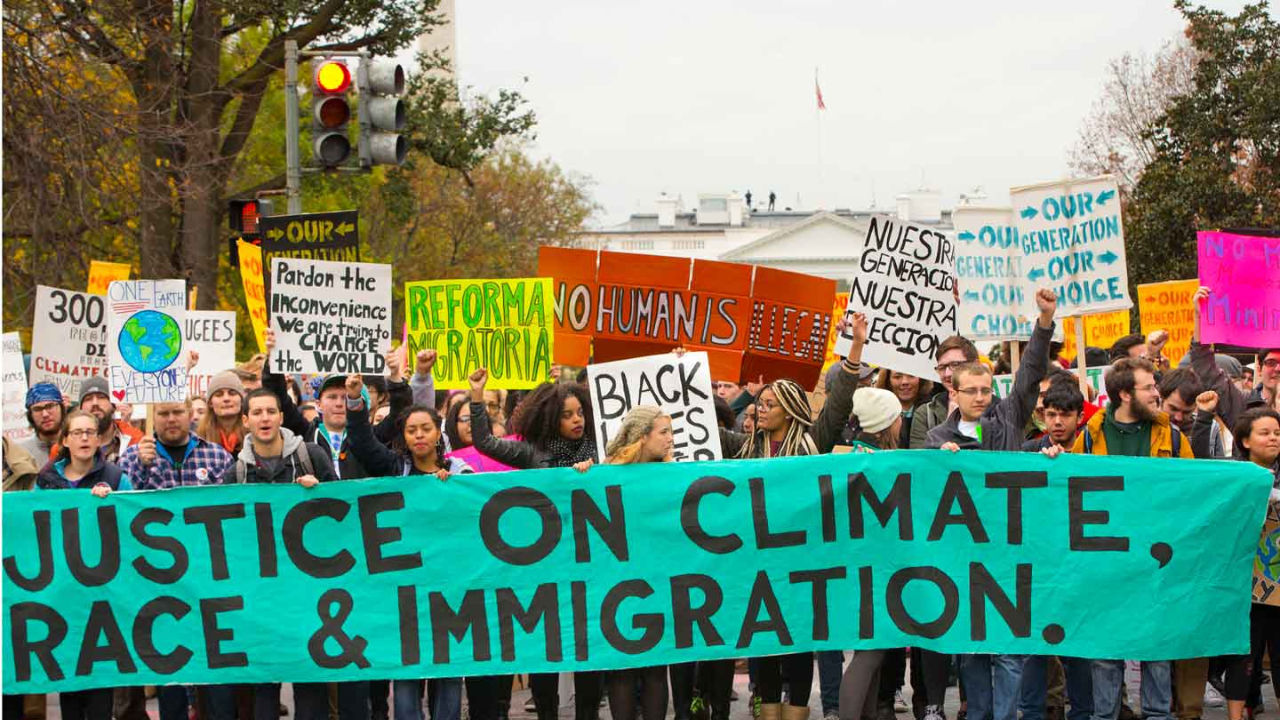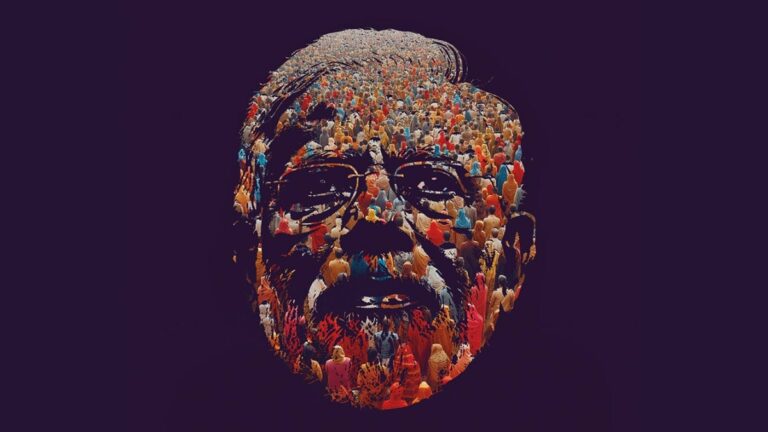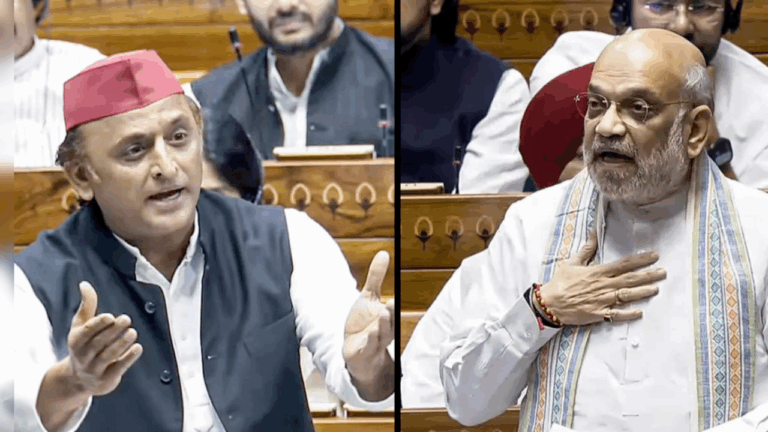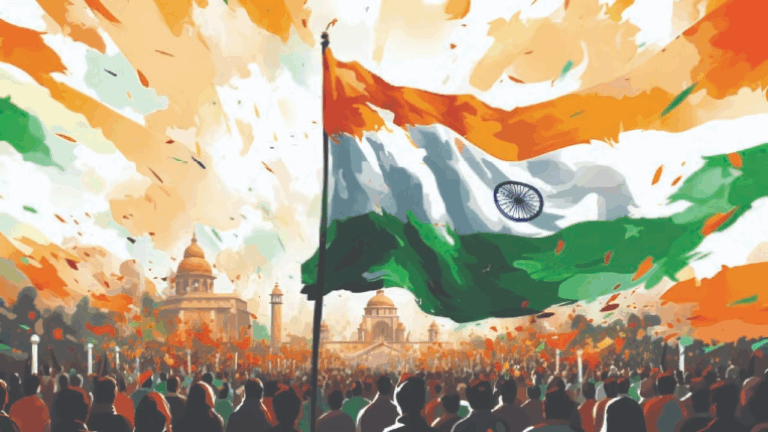Social Justice Movements and Their Real Impact on Government Policies
In the last few years, the world has seen a rise in social justice movements. These are not just protests or social media campaigns anymore — they are strong voices that are directly influencing how governments write laws and make policies.
In this blog from World News, we explain how these movements work, what kind of changes they are bringing globally and in India, and why it matters to the common citizen.
What Are Social Justice Movements?
A social justice movement is when a large group of people come together to ask for fairness in society. This could be about:
- Equal rights for women
- Ending caste or racial discrimination
- Saving the environment
- Better laws for workers or the poor
These movements usually start with people’s voices — online campaigns, peaceful protests, or petitions. Over time, they gather support and often lead to real legal or policy changes.
Key Movements That Brought Policy Changes
1. Black Lives Matter (USA)
After the death of George Floyd in 2020, the Black Lives Matter movement led to:
- Police reforms in several US cities
- Changes in how police officers are trained and held accountable
2. Climate Action Protests
Movements like Fridays for Future and Extinction Rebellion helped push many countries to:
- Set deadlines for “net-zero” carbon emissions
- Ban plastic use and promote renewable energy
3. Women’s Rights Campaigns
Campaigns across countries have led to:
- Equal pay laws
- Stronger action against domestic violence
- Legal abortion rights in countries like Argentina and Ireland
Impact on India
India too has seen many people’s movements that influenced government action.
Dalit and Tribal Rights
Movements demanding equality for Scheduled Castes and Tribes have led to:
- Reservations in jobs and education
- Laws protecting against caste-based discrimination
Beti Bachao, Beti Padhao
While this started as a government scheme, it gained public support from women’s education activists, making it more widespread and successful.
Save Aarey & Other Environmental Movements
People’s protests in cities like Mumbai have stopped tree cutting and forced governments to reconsider infrastructure plans.
How Do These Movements Change Policy?
- Raise Public Awareness: More people become aware of an issue through social media, protests, and public campaigns.
- Put Pressure on Politicians: When lakhs of people are talking about the same issue, it’s hard for leaders to ignore.
- Get Support from Media and Celebrities: This helps the movement get more reach and attention.
- Influence Elections and Party Promises: Political parties may add movement demands to their manifestos to win votes.
Real Policy Outcomes (2020–2024)
| Movement | Policy Impact |
| Farmers’ Protest (India) | Repeal of farm laws |
| Global Climate March | Green energy push in many countries |
| #MeToo Movement | Workplace harassment laws updated |
Challenges Faced by Social Movements
- Resistance from political or business groups
- Slow response from governments
- Misinformation on social media
- Legal hurdles like arrests or bans on protests
Still, many of these movements continue their work, slowly changing laws and attitudes.
Final Words from World News
Social justice movements are more than just trends. They represent the voice of common people asking for fairness. In many cases, those voices have changed laws, rules, and systems that seemed impossible to touch.
Whether it’s farmers, students, women, or climate activists — these groups are shaping the future. And their impact on policymaking is here to stay.
✅ Bookmark World News
✅ Stay informed on Political Trends
✅ Read global change stories in simple language
The power of policy lies not just in Parliament — but in people’s unity.







